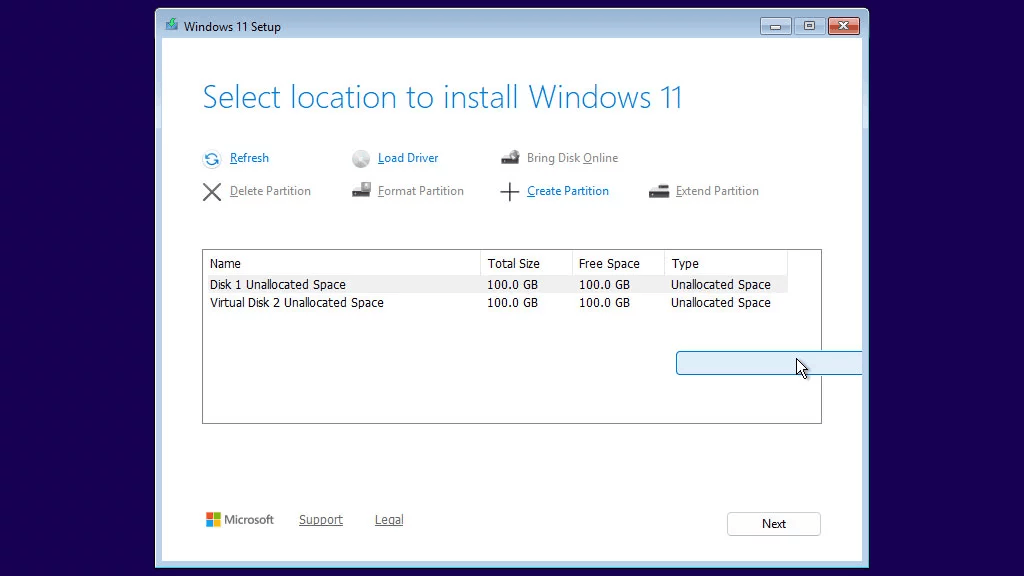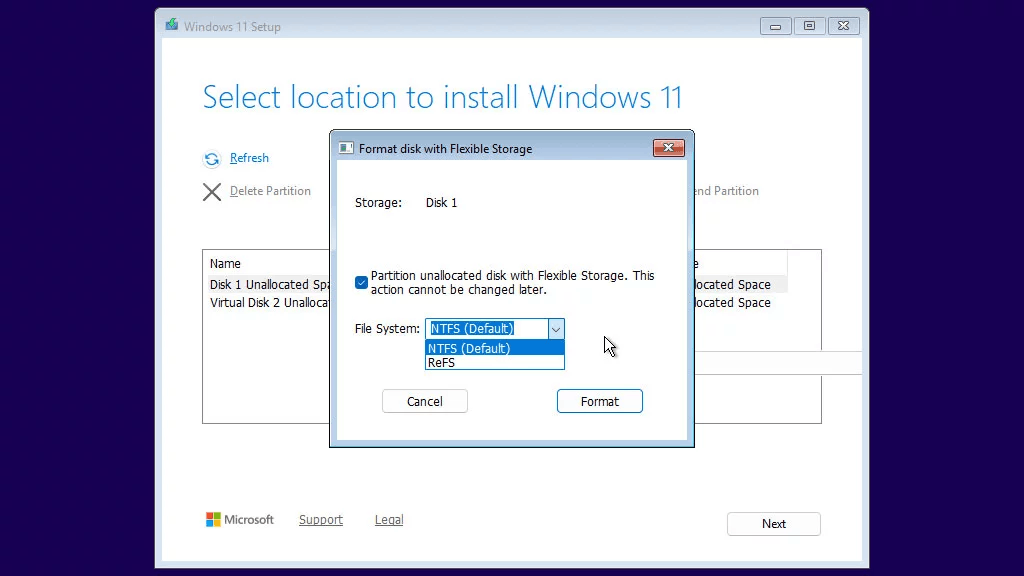The latest Windows 11 Insider build (27823) for the Canary channel comes with a notable change: the Windows installer now offers the option to format partitions using the ReFS (Resilient File System) in addition to the default NTFS. The feature appears to still be in development, as evidenced by the incomplete UI, but it indicates that Microsoft is taking serious the idea to use ReFS widely in the future Windows versions.
Advertisеment
What is ReFS?
ReFS, or Resilient File System , is an advanced file system introduced by Microsoft, primarily designed for use in servers and enterprise environments. It focuses on data integrity, scalability, and performance , making it ideal for large-scale storage solutions. Key advantages include support for massive partition sizes (up to 35 petabytes), automatic data corruption detection and repair, and optimized handling of large volumes of data. However, it lacks some functionality of NTFS, such as support for bootable drives or certain file-level features like compression and encryption. While ReFS has occasionally appeared in consumer versions of Windows, its primary use remains in server and high-performance storage scenarios.
ReFS support by Windows 11 Installer
The new feature was spotted by user PhantomOfEarth. As said, it is a work-in-progress. For instance, users can invoke the "Format disk with Flexible Storage" dialog box via an unlabeled button above the list of available disks and partitions.


This isn't the first time features from ReFS, traditionally found in server versions of Windows, have made their way into the consumer version of Windows 11. Last year, Microsoft introduced ReFS block cloning to consumer versions of Windows 11. This feature is particularly useful for speeding up file operations, such as copying large virtual machine disks (VHD/VHDX files). While block cloning is more commonly used in server environments, its availability in Windows 11 highlights ReFS's growing role in consumer-grade systems.
As Microsoft continues to experiment with ReFS in consumer builds, we may see broader adoption and expanded functionality in the future. For now, NTFS remains the dominant file system for Windows 11 users.
Support us
Winaero greatly relies on your support. You can help the site keep bringing you interesting and useful content and software by using these options:
